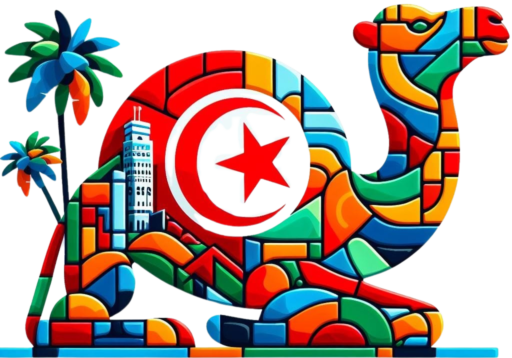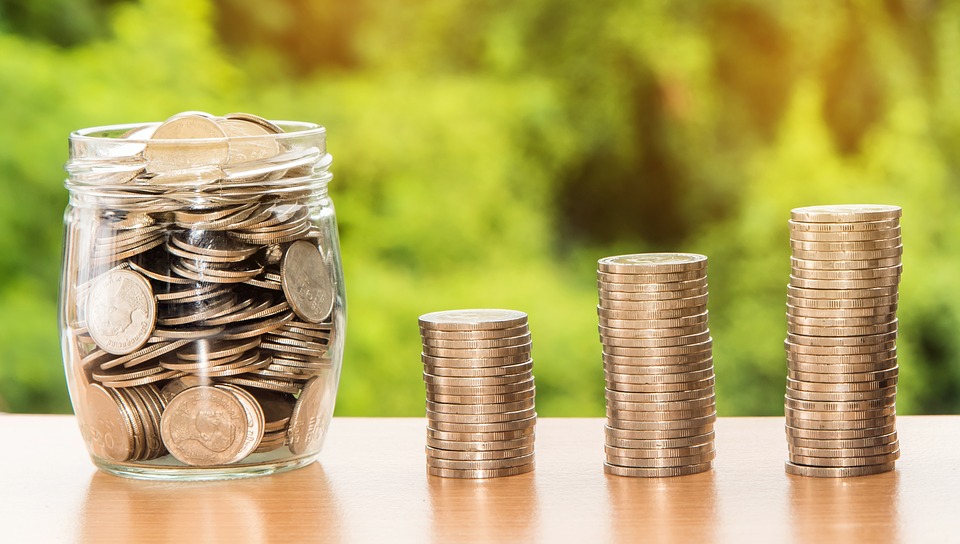When you land in Tunisia, the first issue will be dealing with the local currency. Naturally, being a country outside the European Union, the currency is not the Euro; it is the Tunisian dinar.
Abbreviated by the official code TND or the common acronym DT, the Tunisian dinar is available in banknotes of 5, 10, 20, 30, and 50 dinars, and coins of 5, 1, and 0.5 dinars, and 5, 10, 20, 50, 100, and 200 millimes. The 5 dinar coin was introduced only in 2002, while the old 1 and 2 millime coins are no longer legal tender.
Note that it is illegal to import or export Tunisian dinars, so you must exchange them locally, both upon entering and leaving the country: numerous ATMs that exchange currency are available, primarily used by tourists.
The History
The Tunisian dinar was introduced in the country in 1958, two years after Tunisia gained independence from France, when the Tunisian franc was in use. Initially, the rate was one dinar per franc, but after the latter’s devaluation, the dinar was pegged to the US dollar at a rate of 0.42 dinars = 1 dollar, which was maintained until 1971.
The Euro-Tunisian Dinar Exchange Rate
Tunisia has historically had a low inflation rate, considering that from 2000 to 2010, it experienced less volatility than Egypt and Morocco, two neighboring countries with economies based on oil. However, the exchange rate with the euro is slowly but steadily increasing: in 2003, the rate was 1 euro for 1.50 Tunisian dinars, in 2009 it rose to 1 euro for 1.80 dinars, in 2014 it became 1 euro for 2.20 dinars, and in 2019 it was around 1 euro for 3.50 dinars.
Where to Exchange Money in Tunisia
Currency exchange offices are practically everywhere in Tunisia: in Tunis, you will have no difficulty exchanging euros for dinars. However, our advice is to shop around a bit rather than entering the first exchange office you see, to get some references and choose the one with the best exchange rate. There are also currency exchange offices at the airports, always open unlike those on the street, which may be closed on particular days and in the evening after a certain hour. However, as is often the case, the exchange rates at airport currency exchanges are quite disadvantageous: it’s better to exchange the minimum amount necessary, just enough to pay for a taxi or buy a bus ticket, and then exchange most of your money in the city center, perhaps for shopping or buying food.





